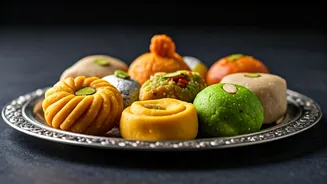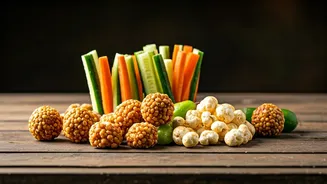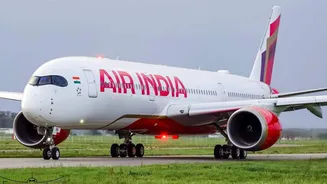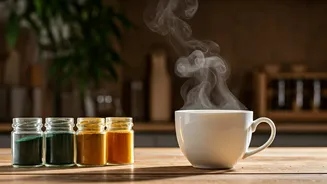Beyond the Familiar
The popularity of gulab jamun often overshadows the vast and diverse world of Indian sweets, particularly during the festive season of Diwali. This popular treat,
along with other well-known options like barfi and jalebi, usually takes center stage. However, the Indian culinary landscape boasts a rich variety of sweets, each with its unique flavor profile, ingredients, and regional significance. These lesser-known sweets often reflect the local traditions and available resources, offering a more authentic and diverse experience. Exploring these alternatives provides a deeper appreciation of India's culinary heritage and opens doors to new and exciting taste sensations beyond the common Diwali sweets.
Regional Sweet Treasures
India's different states and regions each possess their own specialty sweets, often crafted using locally sourced ingredients. For instance, the state of West Bengal is famous for its rasgulla and sandesh, while Mysore in Karnataka is the home of the iconic Mysore Pak. In Maharashtra, you might find the rich puran poli, and in Gujarat, the sweet and savory fafda. These sweets are not just desserts; they are an integral part of cultural celebrations and traditions. Their recipes have been passed down through generations. These sweets often tell a story about the region's history, the influences of different communities, and the ingredients available in the area, offering a unique glimpse into the diverse flavors of India.
Ingredients and Flavors
The preparation of these rare Indian sweets typically involves a delightful mix of ingredients, each contributing to their unique flavor and texture. Many sweets feature the use of dairy products, particularly milk and ghee (clarified butter), which provide a rich, creamy base. Dried fruits like cashews, almonds, and pistachios add both texture and flavor, while spices such as cardamom, saffron, and nutmeg introduce complex aromatic notes. Traditional sweeteners like jaggery and khoya also feature heavily in the production of many of these desserts. These ingredients blend with the local grains, fruits, and methods to create a wide variety of tastes, from the subtle sweetness of milk-based sweets to the intense, spiced flavors of those that include nuts and spices.
Celebrating Diwali Traditions
Sweets play a central role in Diwali celebrations, symbolizing the joy, prosperity, and the triumph of good over evil. The practice of exchanging sweets and sharing meals with family and friends is a central part of the festival. Beyond offering them to deities during prayers, the sweets are a sign of goodwill and unity. Trying lesser-known sweets can add a fresh twist to the celebrations and deepen the connection to Indian culture. These less-common sweets, prepared at home or sourced from specialized local vendors, elevate the festive mood, making it a truly memorable occasion. Including them introduces a sense of novelty and discovery while honoring traditions.
Finding These Sweets
Locating these less-common Diwali sweets often requires some exploration. While traditional sweet shops may carry a few unique offerings, specialty stores and online platforms focused on Indian cuisine are excellent places to start. Local markets and food festivals are also great sources, especially during the festive season. Seeking out family-run businesses or artisanal sweet-makers can lead to authentic and unique experiences. Exploring a local market may reveal hidden gems that are not available elsewhere. Connecting with communities that embrace their traditional sweets can unveil incredible flavors and cultural insights.
Beyond the Taste
Exploring lesser-known Indian sweets is much more than just a culinary experience; it's a journey into India’s rich cultural fabric. Each sweet carries a unique story and has a special connection to the regions they come from. Discovering these sweets offers a chance to understand the culture, the history, and the artistry of Indian cuisine. Tasting these rare sweets expands your horizons beyond the typical and leads to a deeper appreciation for the variety and richness of Indian food traditions. It is a way to celebrate heritage and create connections to the past while embracing new flavors and experiences.














